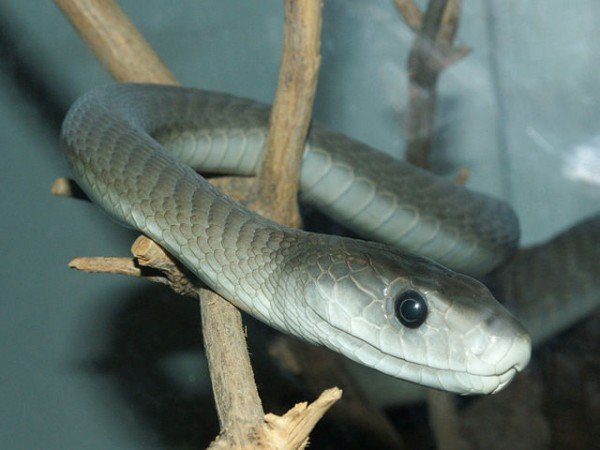As the weather heats up and more people take to hiking trails in their local areas, people often start thinking about venomous snakes.
Fortunately in North America there are about 20 species of venomous snakes. Chief among them are 16 species of rattlesnakes mostly found in dry, arid regions in the south except the timber rattlesnake found in the northeast.
There are also…








